Imagine uncovering the hidden past of your favorite guitar, a journey back to where it was crafted and the hands it’s passed through. This is where Peavey serial numbers become your treasure map. With decades of experience in lutherie, I often encounter musicians eager to understand the origins of their instruments, and Peavey serial numbers are key in unraveling these stories. There’s an almost magical curiosity that seizes us when we think about the history beneath those strings and frets. So, how do we decode these enigmatic sequences? Through this dive into Peavey serial number lookup, I’ll guide you on how to read Peavey serial numbers, a fundamental skill that opens a window into your instrument’s age and specifications. Let’s embark on this fascinating quest to bring the music, and its backstory, to life.
What are Peavey Serial Numbers?
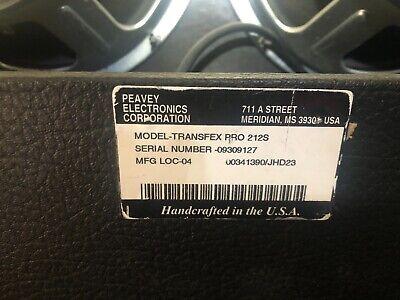
What if a number could tell you everything about your instrument’s journey from the factory to your hands? As an engineer, I’ve always appreciated the precision and organization in manufacture — a fascination that naturally extends to Peavey serial numbers. They aren’t just random sequences. Peavey has crafted an organized system that provides vital insights into the lifecycle of each product. Serial numbers unveil a narrative, offering data on production date, manufacturing location, and batch details.
In my experience, understanding these numbers can be as enlightening as playing the instrument itself. Each Peavey product carries a unique history, and the serial number is the key to unlocking it. This awareness not only enhances appreciation for the craftsmanship involved but also assists in practical matters like verifying authenticity or assessing market value. Peavey’s structured serial number system parallels the meticulous design processes that ensure every detail of your instrument is accounted for. Whether you’re a musician evaluating an acquisition or a collector tracing an instrument’s legacy, these numbers provide clarity and context.
Engaging with serial numbers might seem minute, yet it links us to the story behind each instrument. It’s about embracing the narrative of how a creation becomes part of our musical journey.
Why Lookup a Peavey Serial Number?
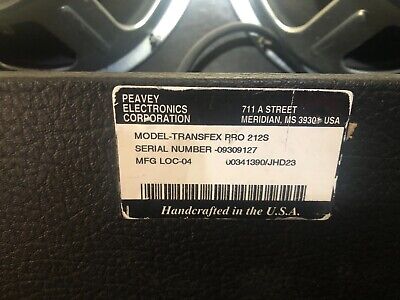
Understanding the age of your Peavey instrument can dramatically alter how you approach its care and usage. I firmly believe that this realization is crucial, especially when you invest time and passion in maintaining and preserving your musical gear. Personally, I’ve discovered that knowing the age and specifications of an instrument like a Peavey can inform specific strategies for its upkeep. This knowledge isn’t merely technical; it’s transformative, offering a new lens through which to appreciate and handle your cherished instruments.
From my experience in the world of instrument making, I’ve seen firsthand how a serial number can unlock a world of information. Each number is like a key, unveiling details about manufacturing history, model specifics, and even the original factory settings that can guide your maintenance efforts. Whether considering restoration or just day-to-day care, understanding these facets can mean the difference between prolonging your instrument’s life and unwittingly contributing to its decline.
Thus, looking up a Peavey serial number doesn’t just reveal age, but it becomes an essential step in crafting a strategy tailored to your instrument’s unique needs, aligning perfectly with your intentions and enhancing its longevity.
When to Use Peavey Serial Number Lookup
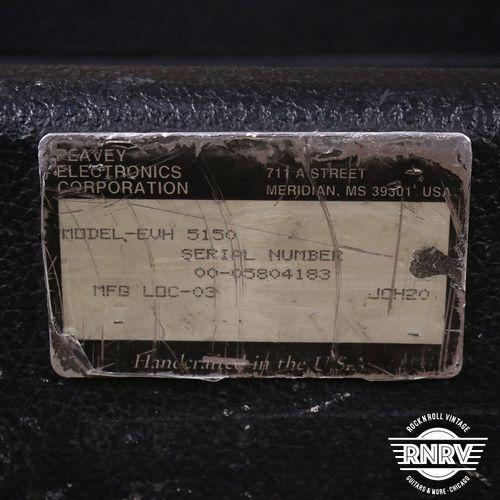
Have you ever considered the rich history embedded in the serial number of your Peavey gear? In my journey through lutherie, I’ve found that specific times—like preparing for a performance or a restoration—are perfect for diving into a product’s heritage. There’s something profoundly satisfying about uncovering the story behind an instrument; it transforms the way you perceive and interact with it. When those pivotal moments arise, using a Peavey serial number lookup can reveal invaluable insights into your gear’s age and specifications.
Whether gearing up for a show or ensuring the integrity of a cherished piece during restoration, understanding the historical context and technical specifics can greatly enhance your approach. Personally, I’ve found these moments of exploration not only enrich my appreciation but also guide crucial decisions. By delving into these historical markers, you unravel a narrative woven into the very fabric of your instrument, grounding your craft and inspiring your next steps.
Who Can Help with Peavey Serial Number Lookups?
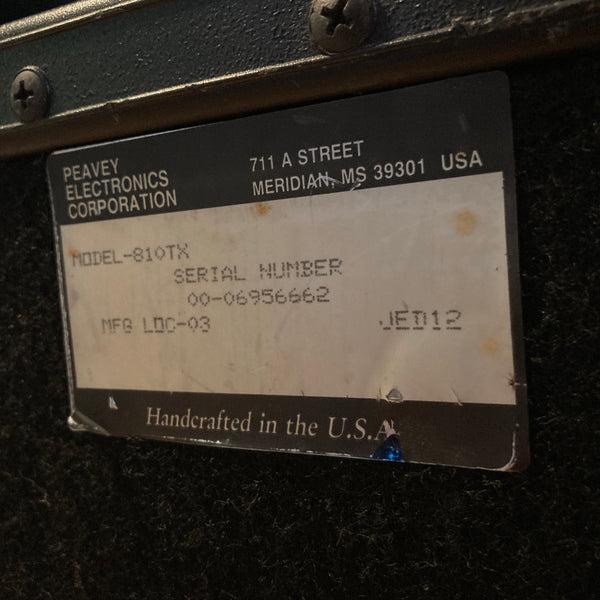
Did you know that the experts from Peavey can often provide you with information you didn’t know you needed? It’s fascinating how much support and insight this dedicated team can offer. I’ve relied on the Peavey customer service team for insights into product history, and their support can be invaluable for lutherie enthusiasts and collectors alike. Whether you’re trying to trace the origins of a vintage amp or need detailed specifications for a guitar restoration, Peavey’s experts are indispensable.
One specific experience that stands out was when I contacted Peavey about a rare bass I stumbled upon. The rep, with a seemingly encyclopedic knowledge of their product line, unearthed tidbits of its development history which were nowhere in print. It confirmed my thoughts that beyond just basic numbers, these serials carry stories and nuances. So remember, while online resources and tools are useful, sometimes picking up the phone or sending an email to Peavey can unlock layers of information about your instrument that you hadn’t considered!
How to Perform a Peavey Serial Number Lookup
Finding the Serial Number
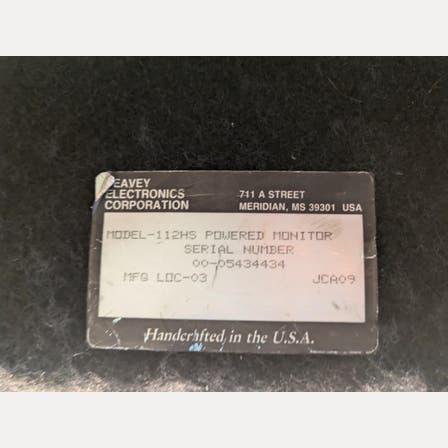
In my journey of evaluating instruments and amplifiers, I’ve found the first crucial task is locating the serial number. It can unlock a wealth of history about your Peavey product. Where might the hidden key to your Peavey’s identity be lurking? Often discreetly placed, serial numbers can be found in various spots depending on the model. Understanding how to read Peavey serial numbers is vital to unveiling details such as manufacturing date and model specifications. Typically, you’ll find them on the back panel, within the soundhole, or even beneath the pots for older models. By meticulously tracking these details, you not only verify authenticity but also appreciate the craftsmanship embedded within. This skill sets the stage for comprehending your instrument’s unique narrative. Once located, using these numbers becomes integral to accessing precise and useful data. Next, we’ll explore using online tools to further enrich this discovery journey.
Using Online Tools

Could a few clicks unlock the complete history of your beloved Peavey instrument? As someone deeply ingrained in the world of lutherie, I often turn to online resources as a treasure trove of *information* that supplements my *hands-on* experience. In the realm of Peavey products, online tools are indispensable for serial number lookups. With these tools, you can swiftly decipher the age and specifications of your gear. By utilizing a reputable Peavey identification tool, you can ensure accuracy and uncover details you might not find elsewhere.
The online tools available are straightforward and remarkably effective. After locating your instrument’s serial number, the next step is simple: input it into the appropriate online database. The immediate feedback you receive not only saves time but also enriches your understanding of your instrument’s past. Ultimately, this ease of access serves as a bridge, connecting your physical instrument to its comprehensive digital history.
Consulting Peavey Resources

Imagine unearthing stories of innovation and craftsmanship through the archives of Peavey! Exploring Peavey resources isn’t just about getting facts and figures; it’s an adventure into the *history of Peavey amplifiers* and a connection to the legacy of *vintage Peavey gear*. My journey with Peavey has revealed how a strategic approach to these resources can unveil the complexities and unique aspects of each product.
Consulting Peavey resources, whether through their website or directly getting in touch, is crucial for *accurate serial number interpretation*. From authenticating dates to understanding product specs, *reliable data* is key to knowing not just ‘what’, but the ‘how’ and the ‘why’ behind each serial number. This rigorous, first-hand exploration has deepened my appreciation for Peavey’s craftsmanship, making these resources invaluable for both enthusiasts and professionals alike. Whether you’re a seasoned collector or a curious newcomer, diving into Peavey archives will enrich your understanding and appreciation of their remarkable heritage.
FAQs
How can I find the serial number on my Peavey product?
What does the Peavey serial number signify?
How do I decode my Peavey serial number for age and details?
Where can I find specifications using my Peavey serial number?
Conclusion
Have you discovered how the history of your Peavey instrument can enrich your musical experience? Throughout my journey in lutherie, I’ve realized that understanding the age of a Peavey instrument can deepen appreciation for its craftsmanship. By learning to identify Peavey product age through serial numbers, you unlock a hidden narrative embedded within your instrument. Each serial number not only tells a story about when and how the instrument was crafted, but also provides essential Peavey product specifications that guide upkeep and enhance performance.
Utilizing readily available resources, from online databases to Peavey’s customer service, simplifies this investigative process. Whether you’re a seasoned player or a new owner, accessing this information can transform your interaction with your instrument, fostering a profound personal connection to its history. I encourage you to delve into this aspect, offering yourself a richer musical journey with the insights gained from exploring your Peavey’s origins.

R.M. Mottola, an engineer-turned-luthier, revolutionizes stringed instrument design with his deep focus on acoustics and ergonomics since 1994. As editor of the Savart Journal and a key contributor to American Lutherie, Mottola merges science with artistry in lutherie. He enriches the field with his extensive knowledge, shared through his Liutaio Mottola website, making him a beacon in the world of modern instrument craftsmanship.
